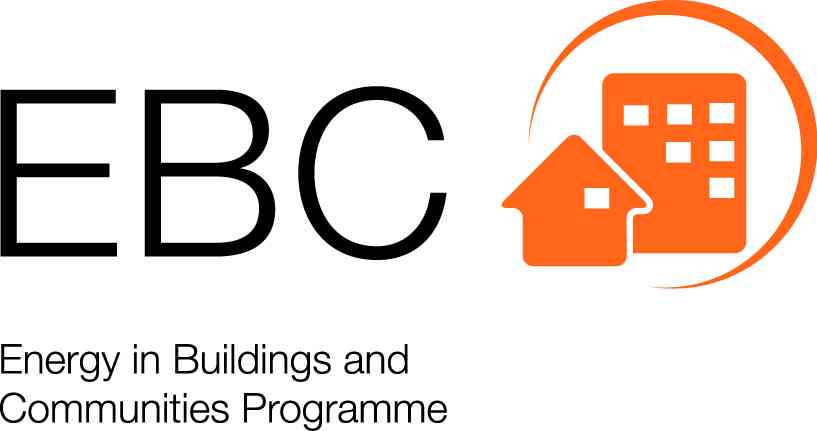Glossary¶
- acausal model
A model is called acausal if there is no causality specified between its variables. Acausal models are automatically reformulated during compilation time to form causal models based on what variables are known and unknown for the given application in which the model is used.
- Application Programming Interface
An Application Programming Interface (API) is a specification of a software interface that allows software components to communicate with each other.
- Building Information Model
A Building Information Model (BIM) is an instance of a data model that describes a building unambiguously, e.g. a digital footprint of a building and its properties, represented over its entire life cycle.
- co-simulation
By co-simulation, we mean the simultaneous coupled numerical solution of differential equations that share common variables but are implemented in two different computer programs. For example, building envelope heat transfer may be simulated in one program, and HVAC system operation may be simulated in another program, as neither of the two programs contains all required models.
- equation-based
Equation-based models are computational models that allow a model developer to declare the governing relations in terms of equations and not in terms of variable assignments, as C or Fortran does. Examples include Modelica, NMF, EES, gProms and Simscape.
- Functional Mockup Interface
The FMI standard defines an open interface to be implemented by an executable called Functional Mockup Unit (FMU). The FMI functions are called by a simulator to create one or more instances of the FMU, called models, and to run these models, typically together with other models. An FMU may either be self-integrating (co-simulation) or require the simulator to perform numerical integration.
- Functional Mockup Unit
Compiled code or source code that can be executed using the application programming interface defined in the Functional Mockup Interface standard.
